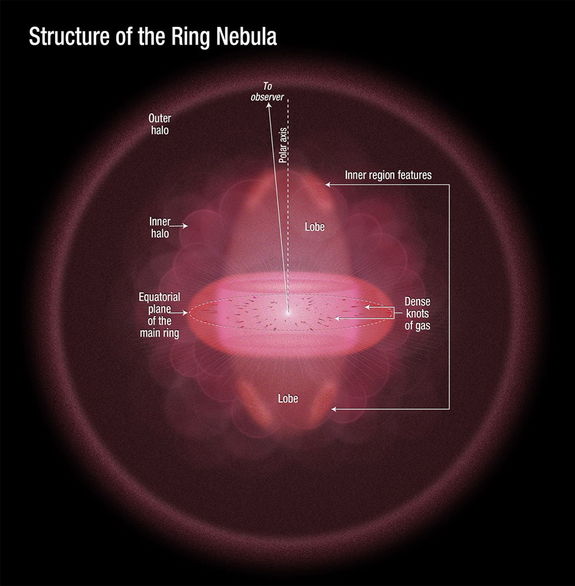
A schematic of an iconic celestial object. To see what it is, and a couple of other amazing nebula cousins, in full visible wavelength glory, go below the fold.
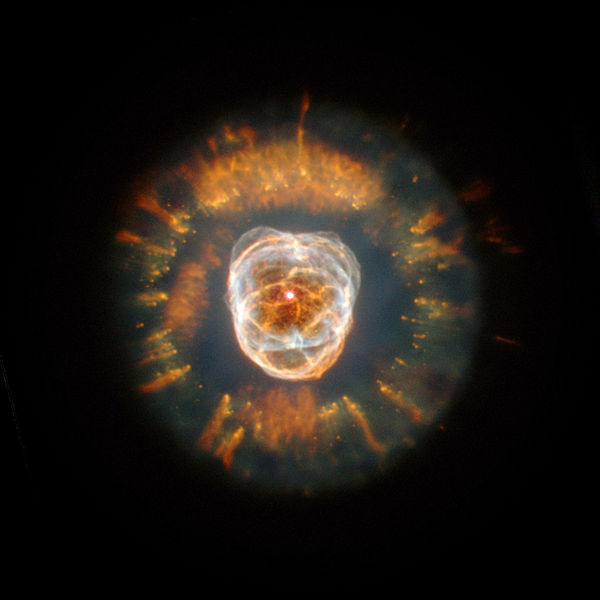
The Eskimo Nebula give a preview of what kind of glorious spectacle our sun might transform into in its old age.

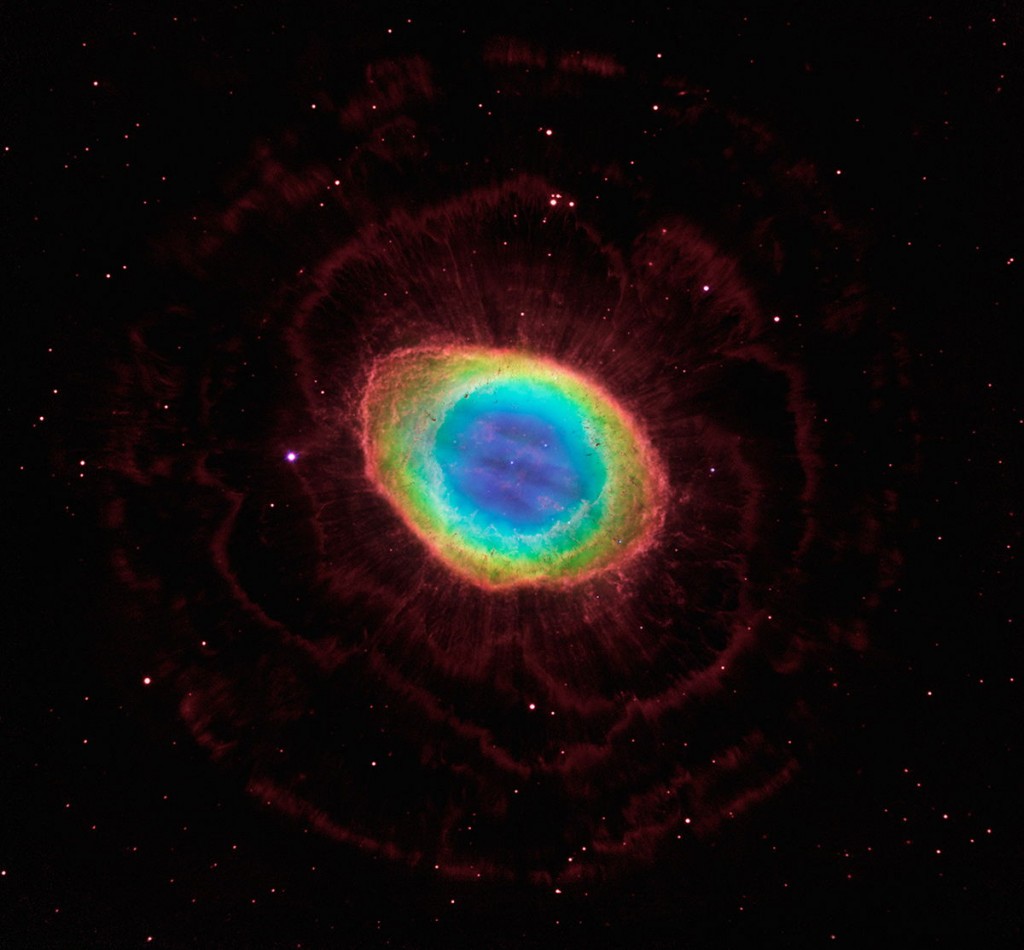
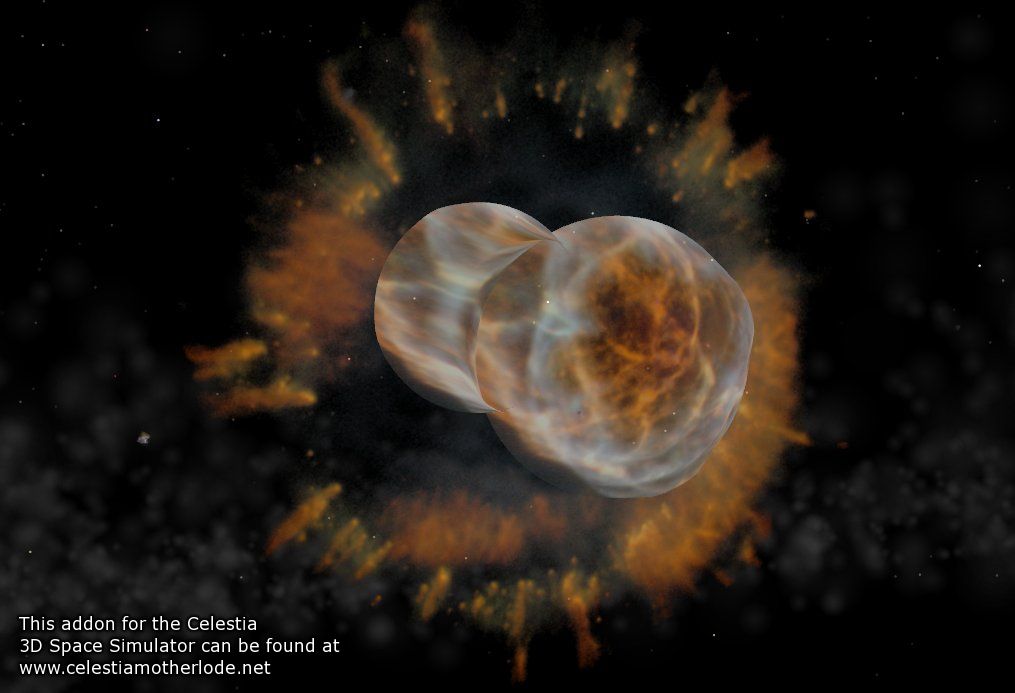
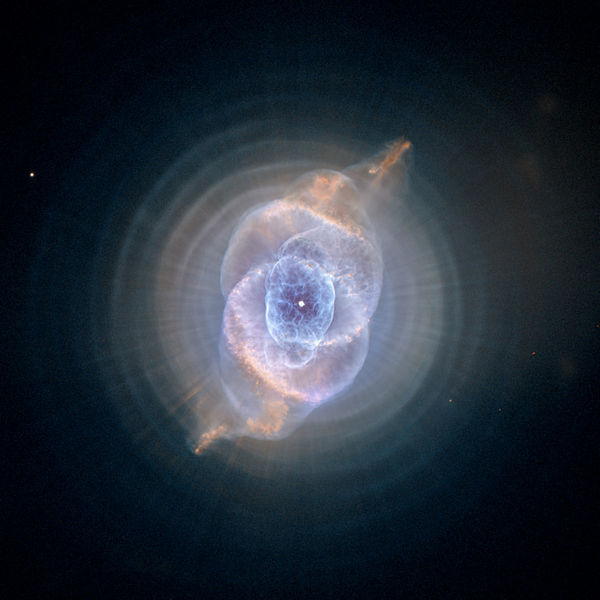
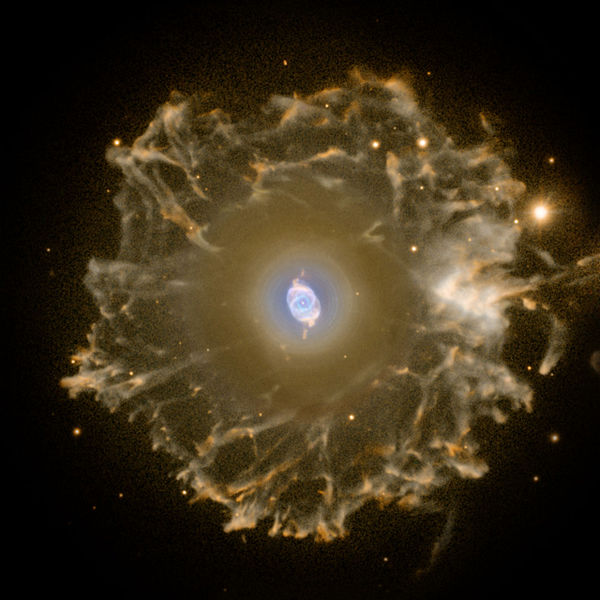
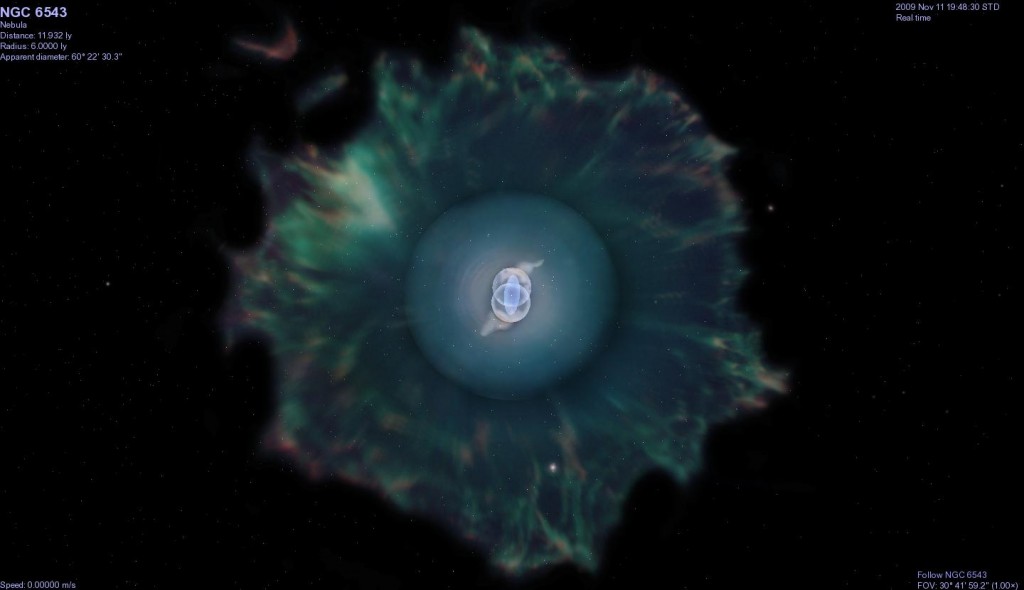
Superb. Shared. Cheers. :-)
Holy FSM that’s beautiful.
Thanks. I love planetary nebulae!
for anyone who’s as puzzled as I used to be: when William Herschel discovered planetary nebulae with an 18th century telescope, they looked like planets. That’s where the name comes from. Luckily for us, optics have improved since then.